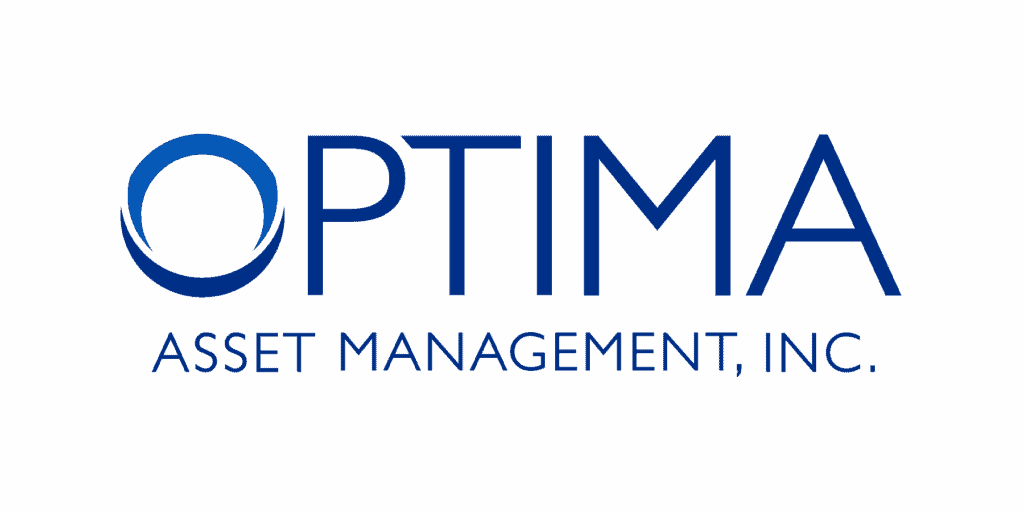The 40s and 50s are the perfect time to envision your retirement. When would you like to retire (if “now” is not an option)? What lifestyle would you like? Where would you like to live?
After determining your dreams, take time to research and identify the associated costs with living your dream. For example, if you want a beachfront property, what are costs? What is tax structure if moving to a new location? Will you travel? Golf daily? etc.
Next, figure out where your assets / income currently stands (gather all statements related to pensions, retirement accounts, Social Security, etc.) and make projections for income between now and retirement.
Once your goals are identified and a retirement budget established, it is time to put together actionable steps.
Compare your anticipated assets / income to your expected liabilities / expenses. If there’s a gap, you have three choices:
- save more
- spend less, or
- create more income
Of course, this is all assuming you have started to save for retirement.
If you have not started, it’s never too late. Begin today!
If you are over 50, you can put more aside in your IRA or 401(k). Turbocharge your retirement! The power of compounding will make a huge difference. In a 401(k), contribution limits for 2021 are $26,000 per individual over 50. If saving the max of $26,000 ($19,500 + $6,500 for catch up) every year until you retire (say at 67), with 6% interest, you will have approximately $774,000 in your nest egg! If you are married and both spouses max out your 401k contribution, that’s a nest of almost $1,500,000.
If your employer has a 401(k), and you cannot allocate the maximum, at least allocate enough to get the company match. That is “free” money!
Putting aside $26,000 a year can be intimidating but look for ways to trim the budget and save more. By saving more now, you can also get a glimpse of what it might be like to live on a smaller monthly amount in retirement.
Not everyone has access to a 401k, so what about IRA contributions? As with the 401k, if you are over 50, you can turbocharge your savings. Contribution limits for the IRA are $7,000 per year. Using same assumptions as for the 401k, if you contribute $7,000 per year, estimating retirement at age 67 and 6% interest, you will have approximately $197,000 in your nest at retirement. If you are married and both of you max out your contributions, your nest would grow to $395,000!
Those numbers are nothing to dismiss. It will likely require sacrifice, consistency, and discipline, though.
Besides saving more, focus on reducing debt. Every payment towards interest is money you don’t have for something else. Begin to whittle down debt, whether it be credit card debt or student loan debt.
Know what you are spending money on. Many people are surprised to learn they are spending $100s each month for coffee, or for a gym membership they rarely (never) use and have forgotten to cancel. Also, check your credit card statements for annual recurring memberships you are no longer using. Even if you are only months into the new subscription, if you’re not using it, cancel it now so that it doesn’t sneak up on you at the next annual renewal.
During the 40s and 50s, there may be competing goals (for example, saving for college and saving for retirement). Robbing from retirement goals to fund college tuition can create more problems later. There are many vehicles available to pay for college, but not many to recoup retirement income.
One of the largest expenses in retirement is medical care. Consider funding an HSA now. HSAs can be a great retirement savings vehicle. Like a 401(k) and IRA, an HSA allows you to put aside money without paying federal or state income taxes on it. The HSA grows tax-free, and when used for medical expenses, can be withdrawn tax-free. Some states even provide a state tax deduction for contributions to an HSA (However, some do not, and some states tax earnings on HSAs. So, research your states particular tax treatment of an HSA). The current annual cap for HSAs is $3,600 for individuals and $7,200 for families. Those who are 55 or older are permitted to contribute an additional $1,000 annually. Qualified expenses include medical, dental, vision, premiums for all types of Medicare (except Medigap) and a portion of long-term care insurance premiums.
There are many options to build your nest egg, and it is never too late. Look at every possible resource. If you need assistance in planning, Optima is here to help!








